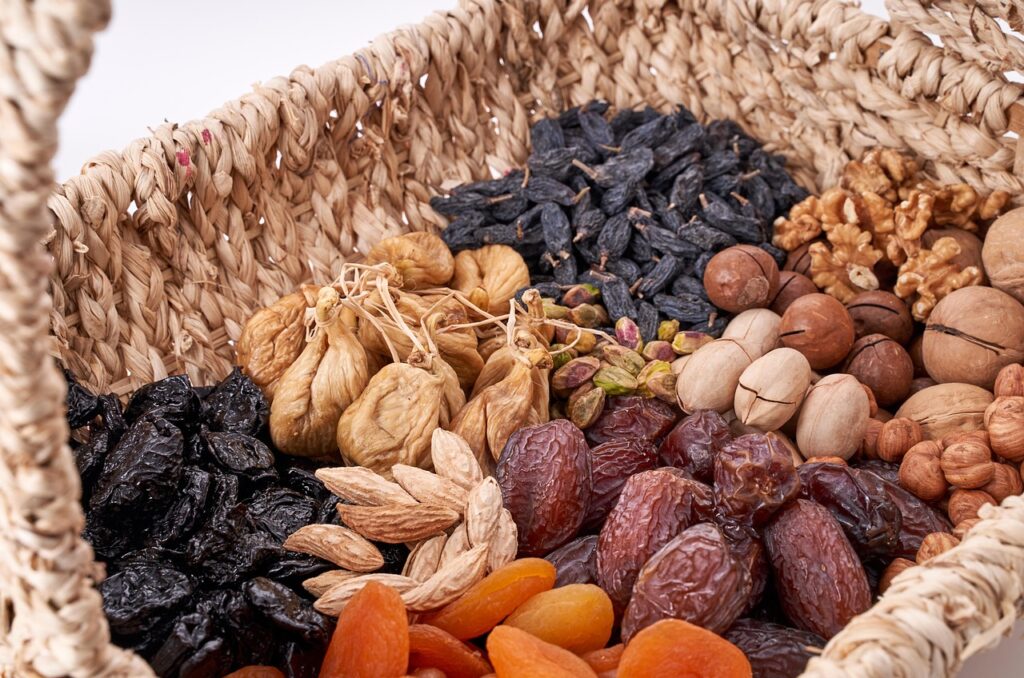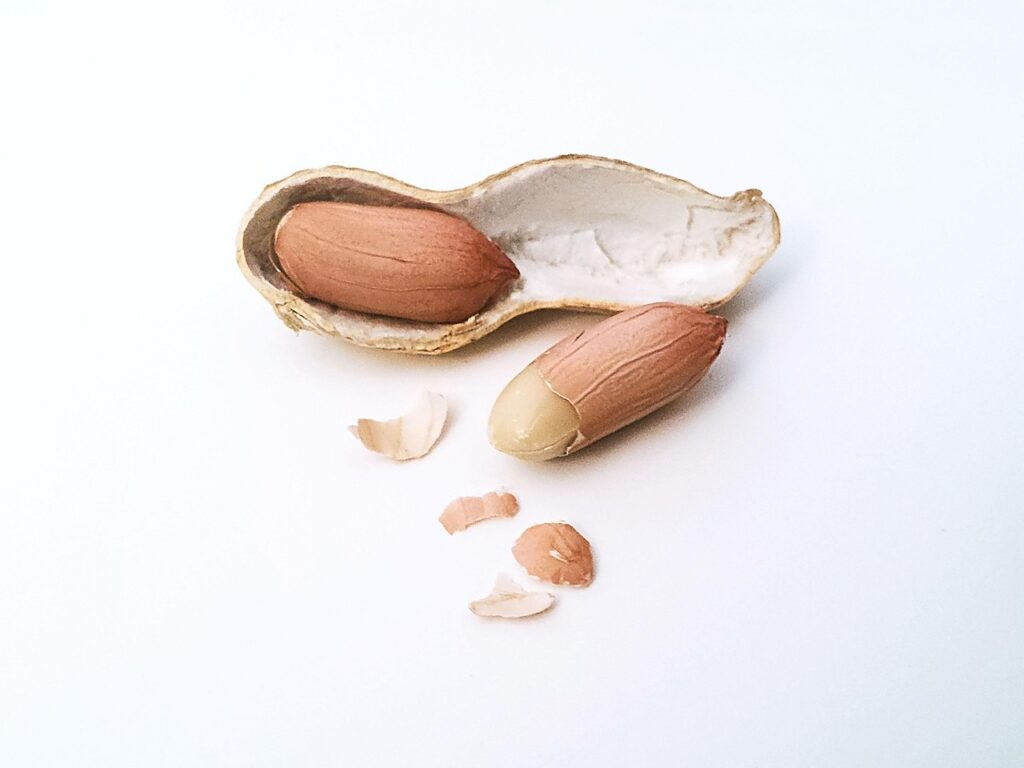

Introduction: The Keto diet, the term “Keto” comes from the word “ Ketogen”, which means producing ketones. When you eat very few carbs, your body doesn’t have enough sugar(glucose) to use for energy. Instead, it starts breaking down fat into ketones, which your body uses as an alternative fuel. This process is called ketosis.
What Is the Keto Diet? The keto diet, also known as a ketogenic diet, is a low-carbohydrate, high-fat diet that can be used for weight loss or to treat certain medical conditions. The keto diet has become one of the most talked-about approaches to weight loss and healthy living. From celebrities to everyday fitness enthusiasts, many have turned to this low-carb, high-fat eating plan in hopes of shedding pounds, boosting energy, and improving overall well-being. But what exactly is the Ketodiet, and why has it captured so much attention?
At its core, the keto diet is designed to shift your body’s metabolism away from carbohydrates and toward fat as a primary fuel source, a state known as ketosis. This change does not encourage the body to burn stored fat more efficiently but may also offer benefits for blood sugar control, mental clarity, and appetite regulation.
How It Works:
low-carb and high-fat: The diet drastically reduces carbohydrate intake, typically 20-50 grams per day, and replaces carbs with fat. If you eat less than 50 grams of carbs a day, your body eventually runs out of fuel (blood sugar) that it can use quickly. This typically takes 3 to 4 days. Then you will start to break down protein and fat for energy, which can make you lose weight. This is called ketosis. It’s important to note that the ketogenic diet is a short-term diet that’s focused on weight loss rather than the pursuit of health benefits.
Ketosis: When carbohydrate intake is extremely low, the body starts breaking down fat into ketone bodies, which are then used as fuel instead of glucose.
weight loss: The process of burning fat for energy can lead to weight loss.
Medical uses: The process of burning fat for energy can lead to weight loss.
Key aspects of the diet:
Fats: A high intake of healthy fats from sources like meat, fish, eggs, nuts, and seeds is encouraged.
Protein : Function:
- Builds and repairs tissues such as muscles, skin, and organs.
- Important for hormones, enzymes, and immune function
- Proteins are made of amino acids. Some are essential, meaning they must come from food
Good Source:
- Animal: Eggs, lean meat, fish, dairy
- Plant-based: Beans, lentils, tofu, nuts, seeds
Carbohydrates: Carbohydrates are severely restricted, with a focus on avoiding grains, sugary foods, and starchy vegetables.
What You Can Eat on a Keto Diet:
Protein:
- Meat: Beef, Pork, Lamb
- Poultry: Chicken, Turkey
- Fish: Salmon, tuna mackerel, sardines
- Eggs: Whole eggs (boiled, fried, scrambled)
Healthy Fats:
- Olive oil, coconut oil, avocado oil
- Butter and ghee
- Nuts and seeds (almonds, walnuts, chia seeds, flaxseeds)
- Nut butters (unsweetened almond or peanut butter)
Low-Carb Vegetables:
- Leafy greens (spinach, kale, lettuce)
- Broccoli, cauliflower, cabbage
- Zucchini, eggplant, bell peppers
- Mushrooms, asparagus, cucumbers, and celery
Full-Fat Dairy:
- Cheese
- Heavy cream
- Greek yogurt (unsweetened, full-fat)
- Cream cheese
Nuts & Seeds (Moderate portions)
- Pecans, macadamia, Brazil nuts (lower in carbs)
- Chia, flax, sunflower, and pumpkin seeds
Herbs, Spices & Condiments:
- Salt, pepper, garlic, turmeric, cinnamon, etc.
- Vinegar,
Beverages
- Water (plain, sparkling)
- Coffee (black or with heavy cream)
- Tea (unsweetened)
- Bone broth,
Foods to Avoid:
- Bread, pasta, rice, cereal
- Sugar, honey, syrups, sugary drinks
- Most fruits (bananas, apples, grapes)
- Beans, lentils
- Potatoes, sweet potatoes, corn
- Baked goods, chips, crackers


Benefits of the Keto Diet:
The Keto Diet offers a variety of health benefits, making it a popular choice for those seeking weight loss and improved wellness. One of its primary advantages is effective fat burning, as the body shifts into a state of ketosis, using fat for energy instead of carbohydrates. This leads to noticeable weight loss, particularly around the abdominal area. Additionally, the keto diet helps stabilize blood sugar and insulin levels, making it especially beneficial for people with type 2 diabetes or insulin resistance. Many individuals also report increased mental clarity and sustained energy throughout the day, due to the steady fuel provided by ketones. The diet may support heart health by improving cholesterol and triglyceride levels when healthy fats are prioritized. Furthermore, it can reduce inflammation and suppress appetite, helping people feel full longer and avoid overeating. With proper guidance, the keto diet can be a powerful tool for both physical and mental well-being.
Possible Side Effects / Risks :
While the keto diet can offer significant health benefits, it also comes with potential side effects and risks, especially in the early stages. One common short-term issue is the “keto flu,” which may include symptoms like headache, fatigue, dizziness, nausea, irritability, and difficulty sleeping, typically occurring as the body adjusts to ketosis. Some people may also experience constipation due to low fiber intake or bad breath from ketone production. Over the long term, a strict keto diet may increase the risk of nutrient deficiencies if not carefully planned, particularly in fiber, certain B vitamins, and minerals. Excessive intake of saturated fats and animal proteins may negatively impact heart health if healthy fat sources are not chosen. In rare cases, it can also strain the kidneys or liver, especially in those with pre-existing conditions. It’s important to consult a healthcare professional before starting keto, particularly for individuals with diabetes, heart disease, or other chronic health issues.
Tips for Getting Started: Starting the keto diet can be a big shift, but planning ahead makes the transition smoother and more effective. Begin by clearing your kitchen of high-carb foods like bread, pasta, sugary snacks, and soda, and stock up on keto-friendly staples such as eggs, leafy greens, meats, cheese, avocados, and healthy oils. Track your macronutrients—aim for around 70% fat, 20–25% protein, and 5–10% carbs—to stay within ketosis. Meal planning is key, especially in the first few weeks, to avoid reaching for non-keto foods when you’re hungry. Stay hydrated and consider adding electrolytes (sodium, potassium, magnesium) to prevent the “keto flu.” Ease into it gradually if needed, and listen to your body. Don’t be afraid to seek support—use apps, keto recipe blogs, or join a community to stay motivated. Most importantly, consult a healthcare provider to make sure keto is a safe and suitable choice for you.
Who Should Be Cautious: While the keto diet can benefit many people, certain individuals should approach it with caution or avoid it altogether. Those with liver or kidney conditions may struggle with the diet’s high fat and protein content, which can put extra strain on these organs. People with a history of eating disorders may find the restrictive nature of keto triggering. Pregnant or breastfeeding women should consult a doctor before making major dietary changes, as nutritional needs are higher during this time. Individuals taking medications for diabetes or high blood pressure should be closely monitored by a healthcare provider, as keto can significantly affect blood sugar and blood pressure levels. Additionally, those with gallbladder issues, pancreatitis, or certain rare metabolic disorders may not tolerate high-fat diets well. It’s always best to speak with a qualified healthcare professional before starting keto, especially if you have existing health conditions or are on medication.
Final Thoughts
Keto Diet Plan:
|
Breakfast |
Lunch |
Dinner |
Snacks (Optional) |
|
Spinach and Cheese Omelette |
Grilled Chicken Salad |
Salmon with Roasted Broccoli |
Cheese cubes or boiled eggs |
|
2–3 eggs |
Grilled chicken breast or thigh |
Baked or grilled salmon |
A few olives or pickles |
|
Handful of spinach |
Mixed greens (spinach, lettuce, arugula) |
Roasted broccoli tossed in olive oil and garlic + Side of cauliflower mash (butter + cream) |
Celery sticks with cream cheese |
|
Shredded cheese (cheddar or mozzarella) |
Avocado slices |
A few almonds or walnuts |
|
|
Cooked in butter or olive oil1 cup black coffee or tea |
|
1 square of 85–90% dark chocolate |
Tips:
- Drink plenty of water throughout the day.
- Track carbs to stay under 20–50g net carbs per day.
- Choose whole, unprocessed foods when possible.


Common Short-Term Side Effects (“Keto Flu”)
These typically occur during the first week as your body transitions from using glucose to fat (ketones) for fuel:
-
Fatigue or weakness, Headache, Nausea, Dizziness, Irritability.
-
Constipation, Muscle cramps, Sleep issues, Sugar cravings
This cluster is often called the “keto flu” and usually passes in a few days to a week
Other Short-to-Medium-Term Side Effects
-
Bad breath (due to acetone in ketones)
-
Frequent urination and dehydration
-
Loss of electrolytes (can lead to muscle cramps or heart palpitations)
-
Digestive issues (e.g., constipation or diarrhea)Low blood sugar (hypoglycemia) in people with diabetes
-
Mood swings or brain fog (early on)
Potential Long-Term Risks
These depend on how strict and how long you stay on keto:
-
Nutrient deficiencies (from a lack of fruits, whole grains, and some vegetables)
-
Liver problems (especially if you have existing liver issues)
-
Kidney stones
-
High cholesterol levels (especially LDL in some people)
-
Increased risk of heart disease (controversial and depends on fat sources)
Bone density loss -
Gut microbiome imbalance (due to low fiber intake)
-
Cautions for Specific Groups
-
People with diabetes: Risk of low blood sugar or diabetic ketoacidosis (especially Type 1).
-
Pregnant or breastfeeding women: Not recommended without medical supervision.
-
People with eating disorders or gallbladder disease may experience worsening symptoms.
How to Minimize Side Effects
-
Stay hydrated
-
Take electrolytes (sodium, magnesium, potassium)
-
Eat enough fiber
Don’t jump in too fast — consider easing into it -
Choose healthy fats (e.g., avocado, olive oil, nuts) over saturated fats
-
Consult a doctor, especially if you have preexisting health conditions
